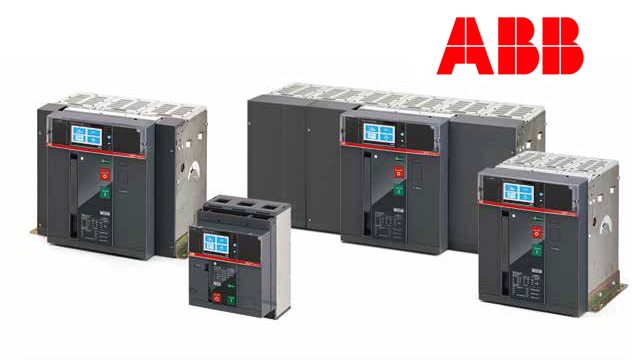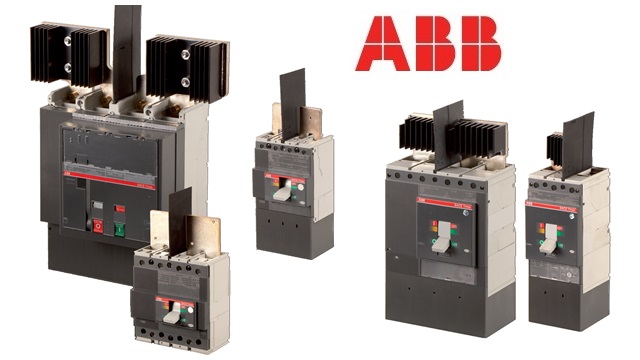EGlink
BIM integration between Ampére Pro/Evo and Autodesk - Revit®
EGlink is an interchange plug-in between Autodesk Revit and Ampére Professional or Evolution version and represents the Electro Graphics's response to BIM (Building Information Modeling) process mode. The basis of BIM's philosophy is sharing information to ensure easy communication and cooperation between the various professional figures involved in the project and the construction of a building throughout the lifecycle of a work. EGlink born with the aim to take advantage of the potential of Electro Graphics calculation software and transfer the results to a BIM design environment according to a data interchange logic where the electric units and the links among them are bound by the network defined in the Revit project.
In a simple and automatic way, EGlink allows you to:
- Extract the power circuit network (distribution and terminal elements) from the Revit project reading the main electrical data exposed by the elements.
- Generate the related Ampère project, with a one-to-one correspondence between Revit elements and equivalent Ampère units.
- Take advantage of the potential of Ampère Professional and transfer the results of the calculation of the electrical grid into the Electro Graphics parameters displayed in the Revit elements.
- Synchronize the electrical data of the Ampère units related to Revit elements in a bidirectional way.
- Modify the links between the units in Revit and update in automatic meshing, zones and panels of the related Ampère project.
- Make modifications to the mesh in Ampère with the possibility to assign the new units to Revit elements not yet related to the Ampère project entity.
- Visualize the significant data of the electrical calculation in Ampère, such as formation and designation of the calculated cables, directly in Revit using ad-hoc annotations.
- Estimate the overall dimensions of the cables in the project starting from the Ampère data with information saving in the Revit model.
Extraction of the Revit MEP electrical circuits
EGlink obtains all the electrical information made available by Revit families that model distribution elements (panels, transformers, etc.) and terminal elements (sockets, lights, electrical equipment, etc.) starting from an electrical system, designed in Revit.
Following the logic of definition of power electric circuits in Revit, EGlink:
- scans the grid circuits;
- reconstructs the links between the different elements involved;
- retrieves the list of elements not assigned, or not belonging to any electrical circuit.
The electrical data obtained from each element represent the starting information for the definition and meshing of the units of the related Ampère project.
Each electrical data is linked to an Electro Graphics design parameter, which can be viewed in the Revit Properties palette; these parameters are the basis of the automatic data synchronization mechanism between the two related projects, offered by EGlink, which guarantees bidirectional updating between Revit electrical data and Ampere electric data.
Ampère related project generation
EGlink generates the Ampère project related to the current Revit project. Each electric element drawn in Revit corresponds to an equivalent Ampère unit.
The meshing and the definition of the panels of the related Ampère project is obtained starting from the electrical connections defined between the elements of the Revit project, displayed in the system browser and rebuilt in the EGlink interface.
Grid calculation in Ampère Professional and data synchronization
In Ampère Professional you can take advantage of the potential offered by the software: editing the electrical data of the users, assigning protections, calculating the electrical grid.
Once all the necessary processing has been performed, the results obtained can be transferred automatically to Revit.
The synchronization of electrical data managed by EGlink is bi-directional, ie you can make changes to the Revit elements by editing the Electro Graphics parameters directly in the Properties palette of EGlink; the related Ampere unit data will be automatically updated.
Edit units links in Revit
After the creation of the related Ampère project you may need to change the links between users in Revit: add new elements, create new circuits and / or modify existing circuits, delete elements and / or circuits.
The related Ampère project is updated automatically: the new elements are associated with new Ampère units and possibly meshed, while the units related to the deleted elements are unmeshed.
You can also make changes to the mesh in Ampère and automatically synchronize the Revit project with the possibility of associating the new units with Revit elements not yet related to Ampère project entities.
Display of calculated electrical cables data
At the end of the system design, you can trace the power circuits in Revit (taking advantage of the symbolic representation offered by the software), then, using EGlink, obtain the designation and cable formation calculated in Ampère and display them in the Revit project using customized cable annotations Electro Graphics.
Requirements to use EGlink
- Autodesk© - Revit© rel. 2018 to 2024.
- Ampére Professional or Ampére Evolution.
EGlink is linked to Ampère Professional and Ampère Evolution: if an Ampère Professional or Evolution license is active in the Electro Graphics package purchased, the EGlink module is loaded and can be started from the Autodesk Revit ribbon.
See also
The following Electro Graphics software products connect to EGlink.
















